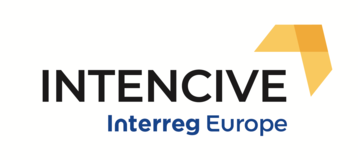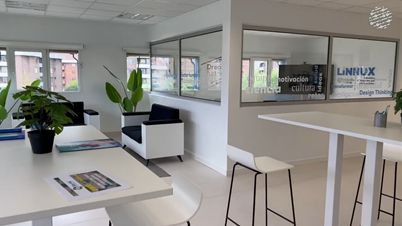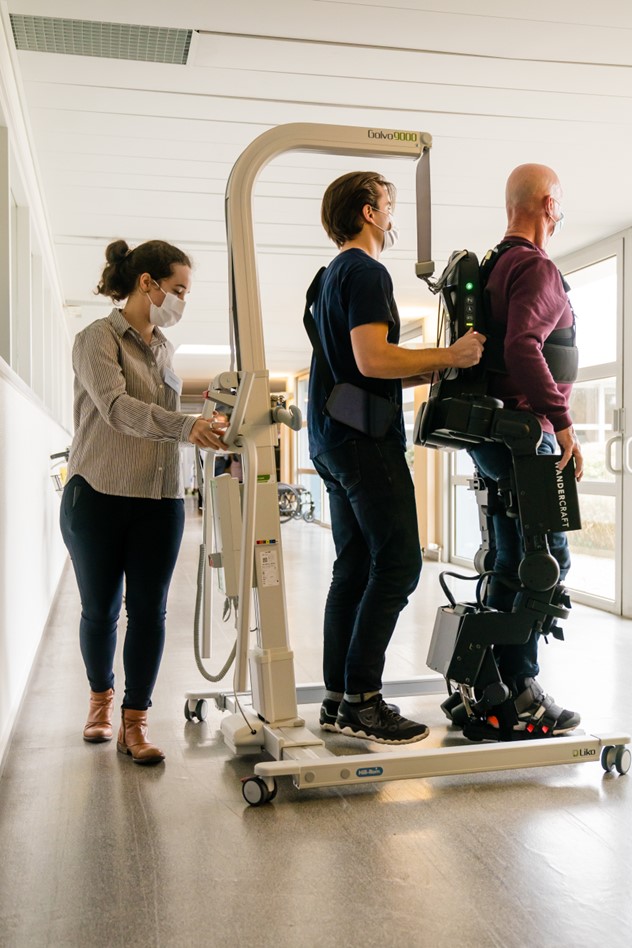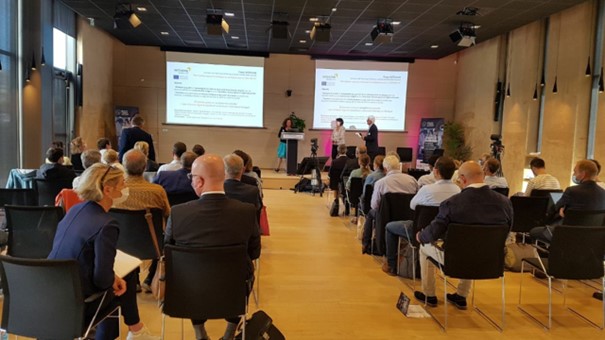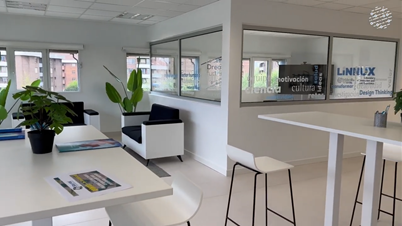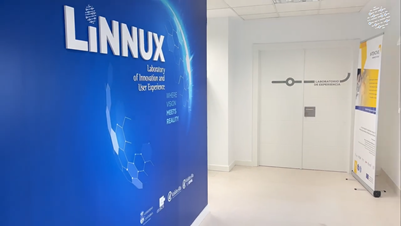What a great study visit to Bretagne it was. Finally, after a long time, we were able to face to face and see with our own eyes, how INTENCIVE Good Practices are implemented in practice and how they help patients and doctors in their everyday struggles. It seems like even the weather was on our side, as we experienced a beautiful, warm springtime in Rennes.
Our visit started on Monday evening, with a short walk around the city of Rennes and official opening dinner. It was a perfect opportunity to try local specialities (crêpes) and learn about the most important historical building around the old town.
On Tuesday morning we gathered in the beautiful L'eclozr palace, which our French project partners chose as the spot for the first part of all presentations and lectures planned for this day. We have started with the presentation of e-Health solutions used by GCS e-Sante Bretagne, the regional operator in e-Health. We learned about the structure of the healthcare system in the region, its dependencies and the rules that govern the process of introducing new practices into real-life operations.
Did you know that the first cases of using digital systems to manage patients’ information in France date the back to mid-'90s? However, it was only a few years ago when it has been decided that this has to be regulated and transformed into a unified system that would offer interoperability, and would help to streamline all operations.
This is how GWALENN was born. One of the Good Practices submitted by the region of Bretagne. A system that allows professionals to alert, evaluate and ask for support for the orientation of the patient. As well as share files, photos, notes and administrative data. The entire service is protected by a 3FA (three-factor authentication) and made simple to use to maximally support implementation. Nowadays, thousands of patients are registered in the system, making it easier for healthcare specialists to help them by coordinating their actions. Read more about the practice here.
In-between other presentations our experts gathered in the room had an in-depth discussion about the problems of designing and introducing an interoperable service, that would be able to combine software used nowadays at so many different levels of the healthcare industry. Integrating so many layers into one comprehensive solution is an enormous and very challenging task in some countries.
We closed this part of our day by listening to what E-Kermed Telemedicine service is and how hospitals implement it. It was a great introduction because soon after, we paid a visit to the Pôle St Hélier Clinic to see these telemedicine tools in action and listen to doctors and scientists working with them every day. ( https://projects2014-2020.interregeurope.eu/policylearning/good-practices/item/5697/e-kermed-telemedicine-service-offer-in-brittany/ )
The global pandemic helped to promote distance healthcare. One of the great examples presented to us was a professionally prepared room for physiotherapists (with an HD camera, multiple screens and all training equipment required) which now could serve a group of patients at the same time and instruct them how to correctly conduct each exercise. We have also learned that many young people preferred this distant consultation method as it allowed them to continue studies in other parts of France or travel while being able to receive proper medical support.
After we finished our 9 hours long run through the lectures, presentations and getting familiar with regional eHealth solutions, our project partners from Bretagne gave us another city tour around the part of Rennes that we have not visited a day before, so that we would have a chance to admire not only the smart solutions involved in helping local patients but also a historical heritage of this beautiful city. Our day ended with an official farewell dinner.
It was great to once again be able to meet our project partners in person and with our own eyes see how submitted Good Practices are changing lives for the better. We cannot wait to meet again!
